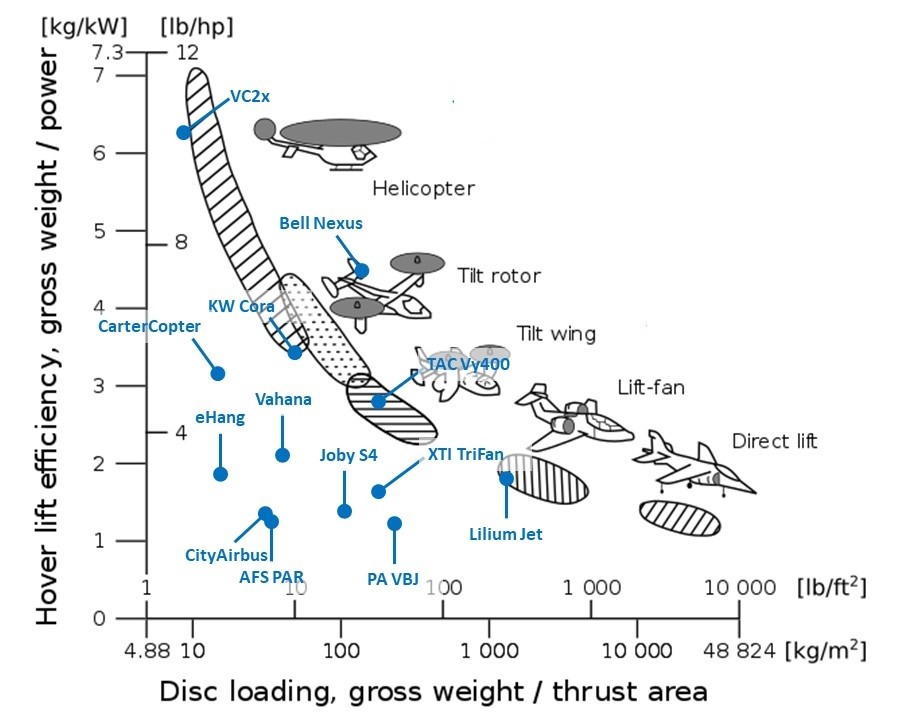This is a big part of the reason I'm interested in turbo-compounding: there is no way the USAAF leadership is going to abandon turbocharging to switch to a Merlin-style 2 stage supercharger, no matter how good it is given the decades of work they've put into it at this point.
Already by the mid ww2, USAAF was more than eager to incorporate the 2-stage gear-driven superchargers on their fighter aircraft. Merlin Mustangs, P-61 (used the same 2-stage engine as the F6F-3/-5), P-63 (used the 2-stage V-1710), with P-82 in pipeline together with lightweight Mustangs (no turbo, but 2-stage Packard Merlins or V-1710s). Even the XB-42 bomber, that was supposed to use 2-stage V-1710s. There was no new, bespoke fighter with a turboed engine in the pipeline by mid-/late-war, even the P-72 was to be using a 2-stage supercharged engine, without the turbo.
The only place for turboes were the big bombers.
Turbo-compound V-1710 S/C system used the engine-stage S/C plus the auxiliary S/C (= in effect a 2-stage supercharging), with the power recovery turbine (talk half of the turbo from the P-47) and water injection to reach 100 in Hg and 3000 HP down low; reduction of compression ratio from 6.65:1 to 6:1 helped out with the great boost levels there, too.
However, gearing the turbocharger to the shaft has some clear advantages - increased power recovery and elimination of waste-gate issues being particularly important.
Key point is illustrated by the graph below - using a power recovery turbine on the jet exhaust shifts you from a Harrier-style disk loading to something more like a tilt-rotor, giving you up to 3x the thrust (less at high speed) from the same exhaust energy.
Note that your graph notes hovering, ie. airspeed is zero. The faster we go, the greater effect of the exhaust thrust is to be obtained, while propellers' efficiency goes down. Main reason why the Harrier will never be that good in hovering as the Osprey, while the Osprey will never be as fast as the Harrier.
That way of 'upgrading' the power will be just fine for transport and attack aircraft (since the increase of thrust at low altitudes and low speeds there matters a lot), but it will be lacking when we want a ww2 fighter to really perform at 25000 ft and up. Especially with the small engine in question, like the V-1710 (or Merlin).
If the turbine is directly powering the engine, there is less power left to power the supercharger on the same shaft - the turbines on the turbocomopound engines were all without the compressor.
Some disadvantages of having a turbine run by hot exhaust gasses still remain - tricky retrofit on the existing fighters designed without it in the mind (P-39, P-40, P-51) still being the big one, plus the need that someone (GE, in reality) actually make the turbine and the shaft. The loss of exhaust thrust is still a thing, so eg. the theoretical 25-30% of increase in BHP is decreased by ~15% at 20000 ft. Installing a good, big S/C, preferably powered via the hydraulic drive (as it was the case with aux stage on the V-1710s with it) on the V-1710 will net us easily 15-20% power increase at high altitude, but with a far easier way to retrofit that engine on the existing fighters.
(similar thing happens when we compare the Merlin XX and 45 vs. the Mk.III, but here the increase was a result of the better intake elbow + better impeller design + higher rotational speed of the impeller)
The 2-stage S/C on the V-1710 will net us even more.
